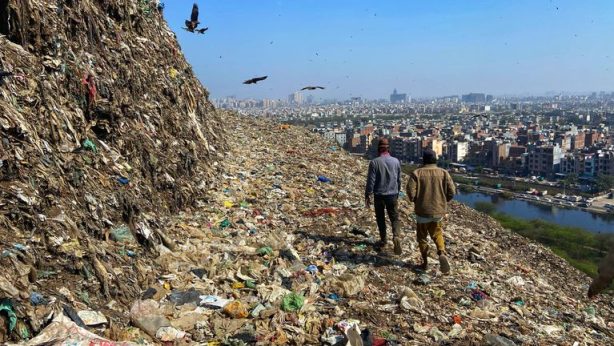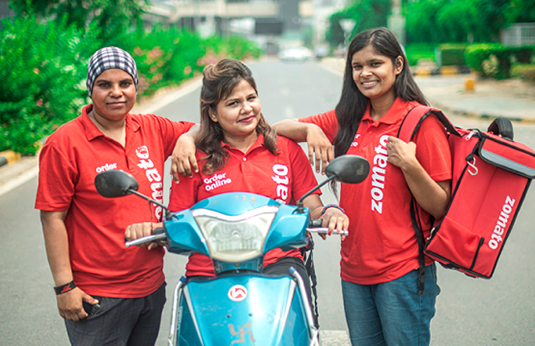From Classrooms to Communities: How These Young Minds Are Bridging the Healthcare Gap
Journey Towards Healthcare for All
Over half of the world population does not have access to essential healthcare services, according to a 2023 WHO report. It further underscored that in low-income nations, 33% of deaths could be avoided with proper access to healthcare. Within the Indian context, advancements in healthcare infrastructure and policies have been made in recent times.
However, several obstacles remain in rendering these advancements accessible to a large section of the population. Notwithstanding logistical difficulties, access to essential medical services is further hampered by an array of issues such as lack of awareness, regional disparity in healthcare infrastructure, and the effects of gender disparity.
Recognizing the importance of addressing the broader issue, our young changemakers from the April 2024 cohort took it upon themselves to do something about it. They further expanded on their campaign to include activities that promote awareness about mental health and human trafficking.
First things first, meet our band of motivated Changemakers:
- Aadyatha Pavan, Grade 11, National Academy For Learning, Bangalore
- Agrim Jain, Grade 12, Dewan Public School, Meerut
- Siddhant Kapadia, Grade 11, BD Somani International School, Mumbai
- Trisha Shetty, Grade 12, DY Patil International School, Mumbai
- Vanalika Rathi, Grade 12, Lakshmipat Singhania Academy, Kolkata
Together, they worked on the health campaign ‘Arogya Seva’ and achieved incredible success by targeting economically underprivileged communities across multiple cities.
Part 1: Sensitizing the Target Audience

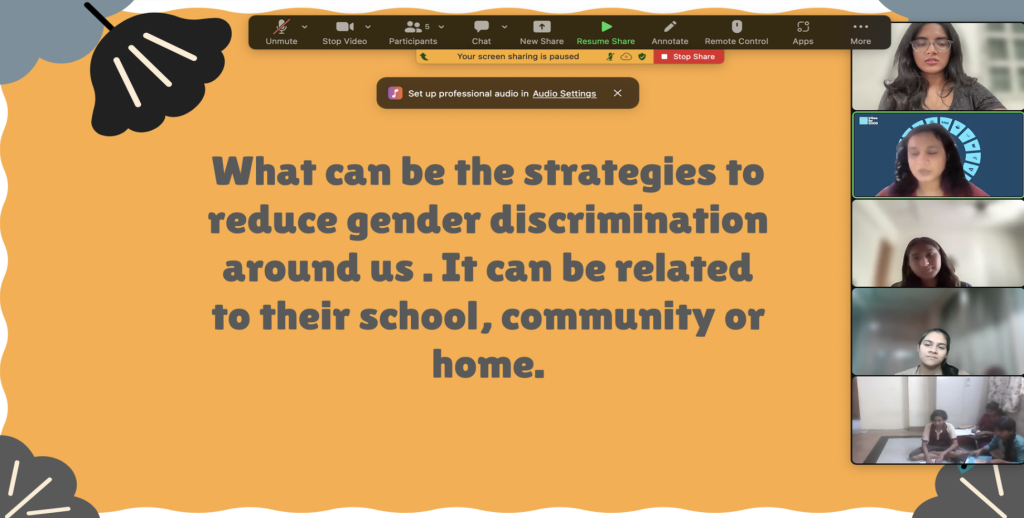
The first step was to sensitize the target audience on pertinent topics, such as gender discrimination in healthcare, mental health and wellbeing, and the role of AI in healthcare. To achieve this objective, Vanalika, Aadyatha, and Trisha conducted virtual awareness sessions on these topics for their target audience. Between the 3 of them, they collaborated with the NGOs Kshamata and Urja and ThinkSharp Foundation.
Part 2: Capturing Voices
Following the fieldwork sessions, the students became cognizant of the need to also share the voices of their target audience and understand their level of awareness and experience on topics related to health, mental wellbeing, and human trafficking.
To that effect, Agrim formulated a digital questionnaire on organ donation to understand the broader attitudes towards and knowledge on this subject along with educating over 30 students children about the integration of AI in Health.
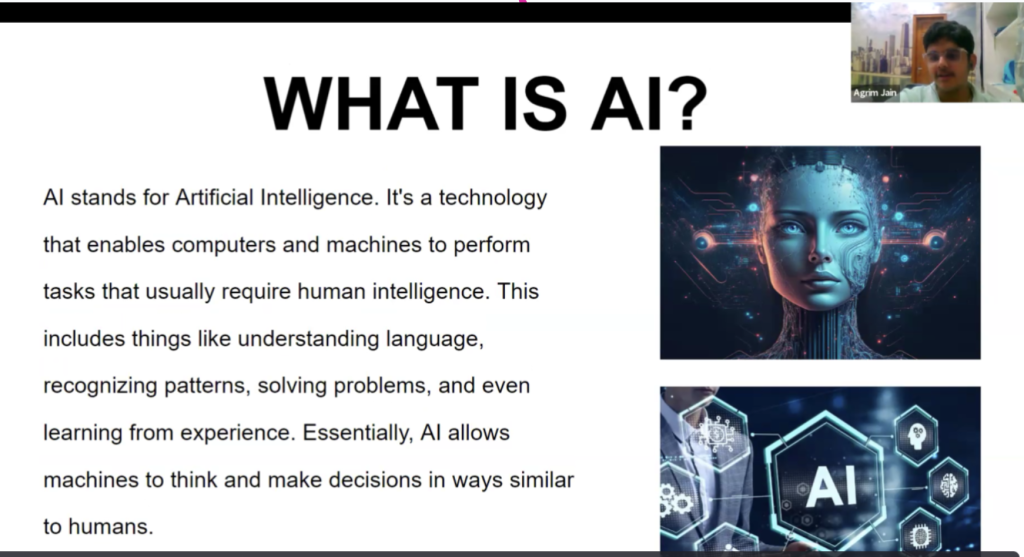
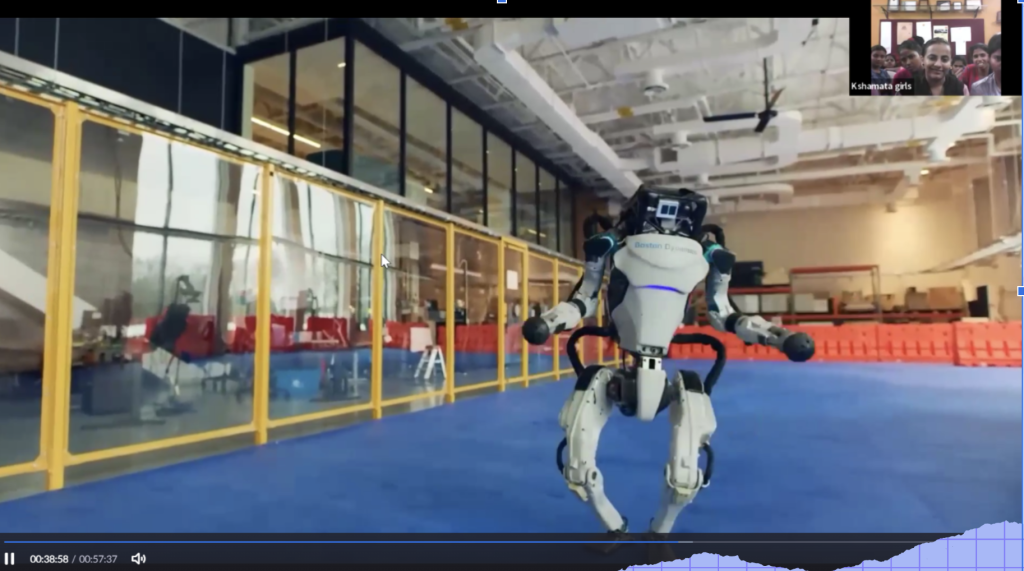
Vanalika, on the other hand, collaborated with five local cafes and stores to raise awareness on the pertinent issue of human trafficking, which then gave her the opportunity to personally interview and document the experiences of a human trafficking survivor.
Step 3: Permeating the Community
As they took on their community projects, the students were clear about wanting to channel their endeavors towards a local audience.
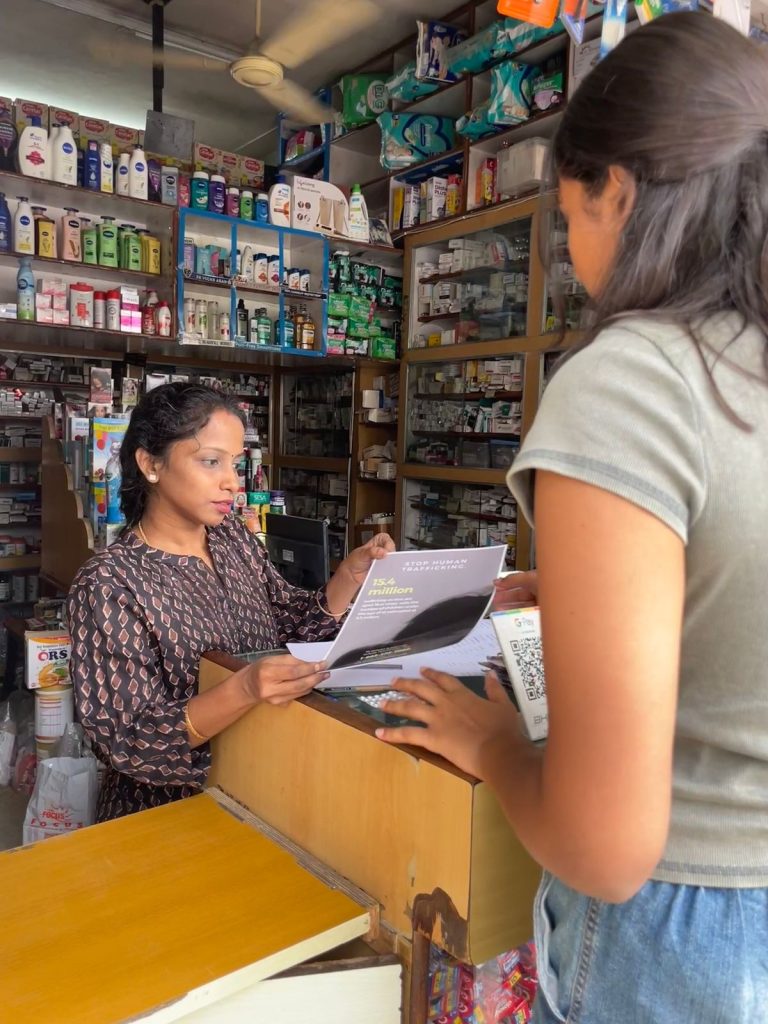
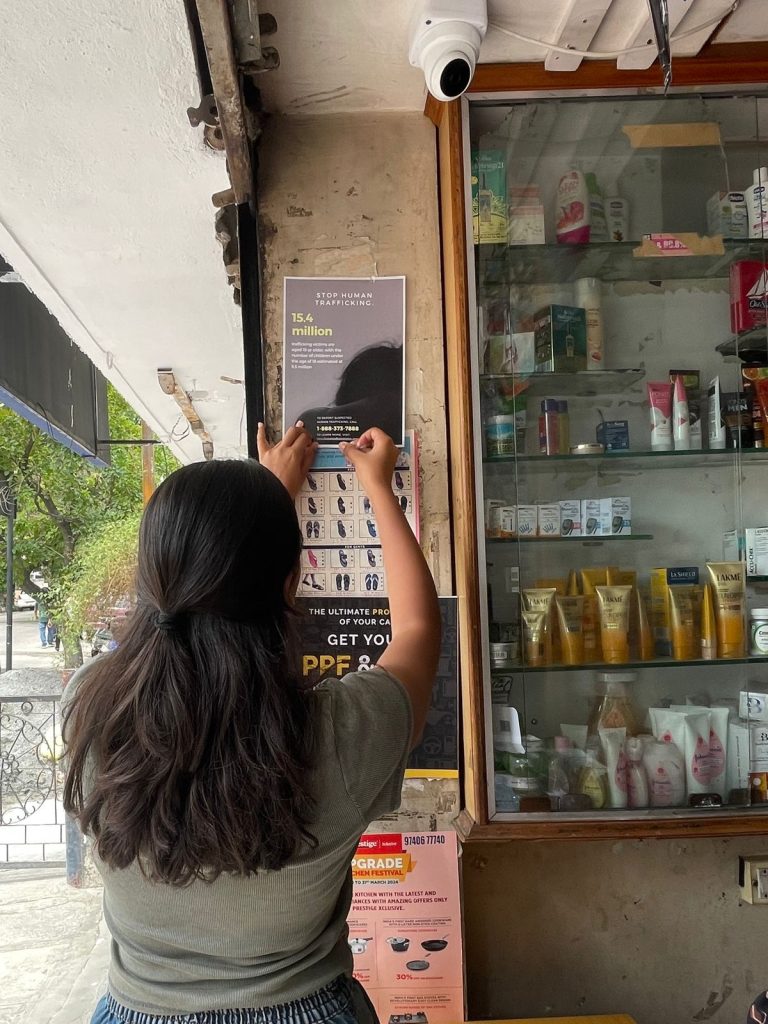
To spread the word in their own communities, changemakers Aadyatha and Trisha made posters on mental health and human trafficking and distributed them in neighborhoods, putting them up in popular places such as grocery stores and cafes. Trisha organized a session in her neighborhood to address the issue of gender vis-a-vis mental health. Meanwhile, Aadyatha conversed with the store owners of 7 local outlets on the issue of human and child trafficking and what they could do to prevent it.
Another changemaker Siddhant took on the ambitious task of getting over 10 people to sign up for the public health scheme, Ayushman Bharat Yojana. To accomplish this he had to first sensitize his local community about the scheme through flyers. He then conducted an awareness session where guided the participants through the process of submitting their applications for the scheme.
He faced a host of challenges such as, the participants lacking the required documentation, some being unwilling to share necessary information or even talk about their concerns, in the end he did successfully meet his target of getting 13 people to put forth their applications.
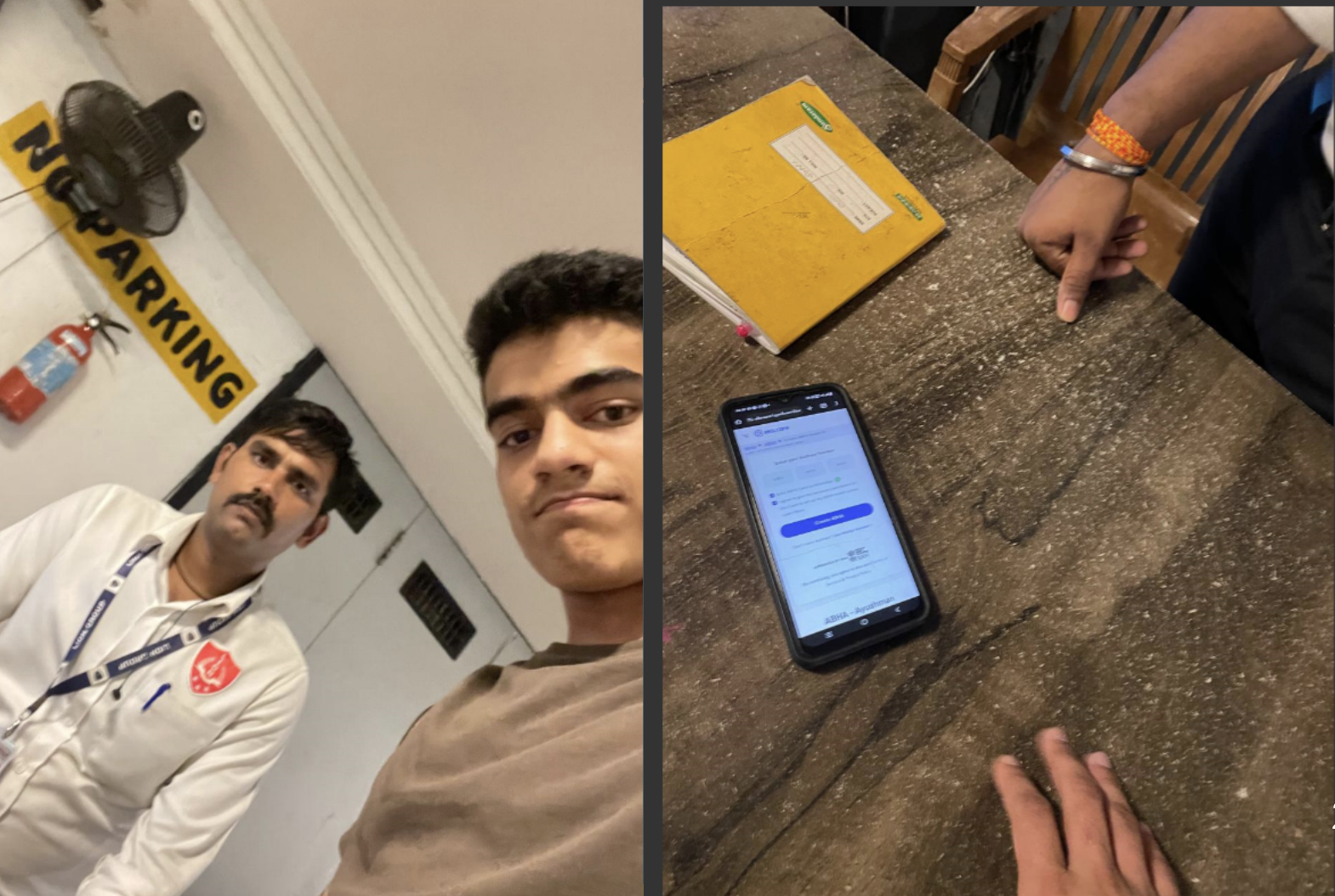
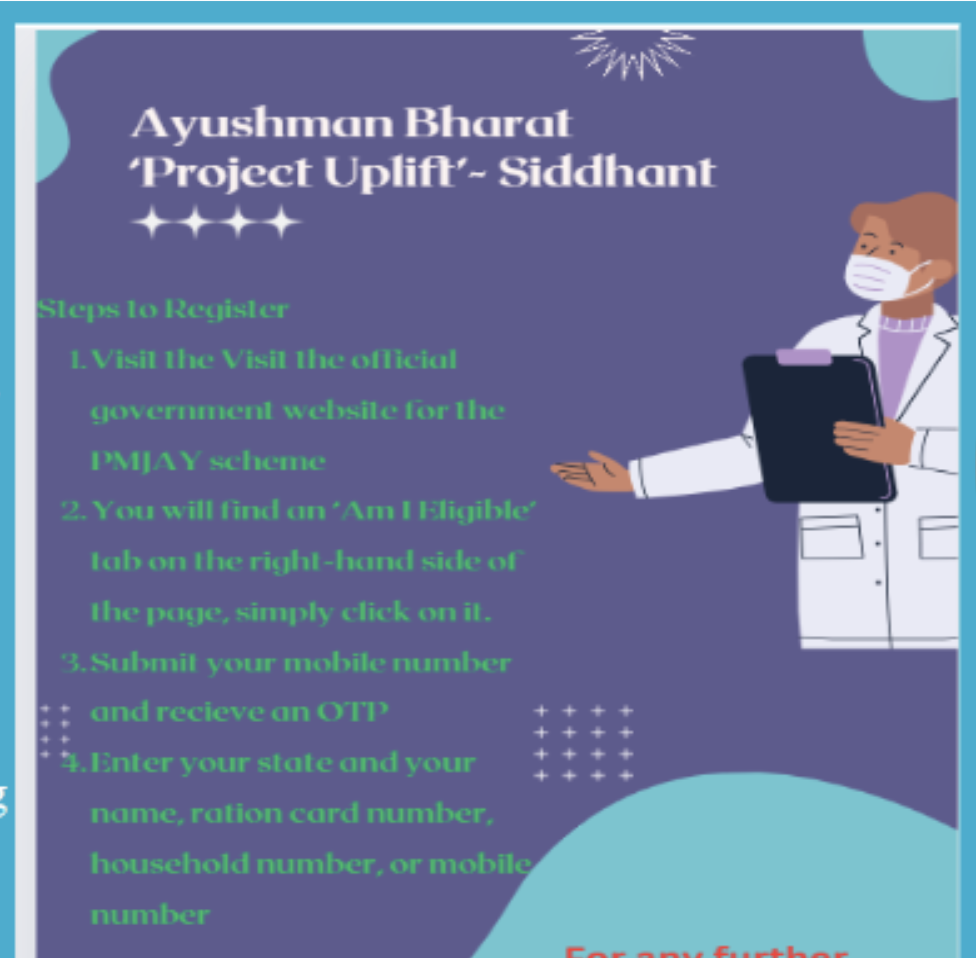
Step 4: The Way Forward
Over the course of their programmes, our changemakers gained a more nuanced understanding of their target audience and the strategies that were most effective in addressing their needs. This informed their future courses of action to advance the causes that they worked on.
Based on the positive reception to his ‘Health+AI’ virtual workshop, Agrim seeks to collaborate with more local NGOs so that he can share his knowledge on how technology and AI can be leveraged in the health space.
Siddhant intends to get more members from underprivileged groups to sign up for the Ayushman Bharat scheme while also seeking to acquire knowledge on other public health policies and spread the word among these communities.
Closing thoughts:
Despite significant strides being made in the field of healthcare, a vast section of the population remains unaware about the schemes established for their benefit. Our inspiring TFG changemakers recognized the role they needed to play to bridge the gap between policy changes and the ground reality.
Through their desire to create a positive impact and admirable dedication to their cause, they can inspire us all to take on a more active approach in addressing the needs of our communities.
Begin your changemaking journey by signing up for the upcoming cohorts of our Global Challenges & Social Justice Program.
Batch starts: 1 Jun, 15 Jun, 1 Jul, 15 Jul, 1 Aug & 15 Aug

